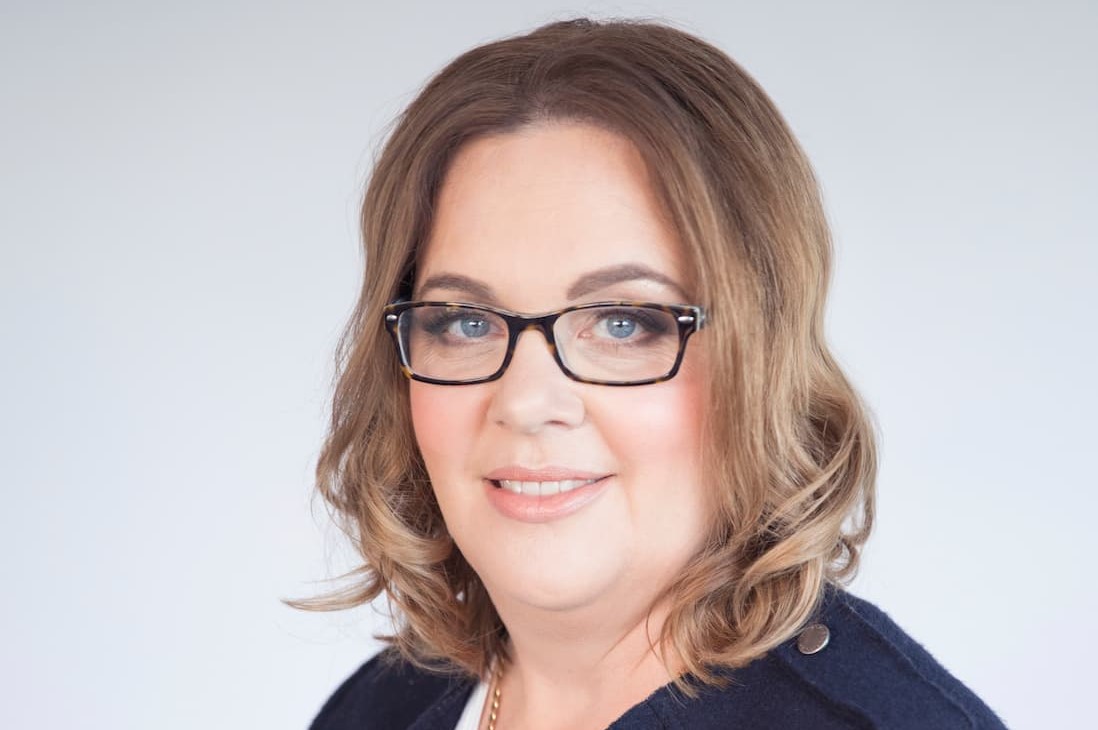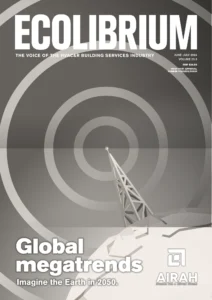Where are my female fridgies?

Michelle Popovski, M.AIRAH, wonders what it will take to make the role of HVAC&R technician more appealing for women.
Reflecting on the three days of ARBS, where I was immersed in all things HVAC&R, one thing really stood out: the lack of female technicians present. It was great to see women representing various roles within the HVAC&R industry, including engineers, sales professionals, and educators. However, the lower representation of women in trade roles is concerning.
While there have been major efforts to encourage diversity and inclusion in the HVAC&R industry, particularly initiatives aimed at increasing female representation, the numbers still reveal a significant gender disparity, especially in roles like HVAC&R technicians.
Of the 16 per cent women in Australia who go into the HVAC&R industry, 7 per cent are mechanical engineers and only 1 per cent are HVAC&R technicians, with a -1,000 per cent annual growth, based on the Australian government Jobs and Skills Australia website.
Understanding the reasons
Understanding the reasons behind these disparities is crucial for devising effective strategies to address them. Some potential factors contributing to the low representation of women in HVAC&R technician roles could include:
Perceived gender stereotypes
Traditional gender norms may still influence career choices, with HVAC&R technician roles often stereotypically associated with males. This perception may deter some women from considering such careers.
Lack of awareness and exposure
Many young women may not be aware of the opportunities available in HVAC&R trades or may not have been exposed to them during their education or career guidance. This is a big factor in the low number of women in the trade.
Work environment and culture
The HVAC&R industry, like many other technical fields, may have a predominantly male-dominated culture that could be unwelcoming or intimidating for women. We still have a lot of work to do in educating our male counterparts on what is and isn’t acceptable behaviour in the workplace.
Recruitment and retention challenges
Even if women enter the field, they may face unique challenges related to recruitment, training, mentorship, and advancement opportunities compared to their male counterparts.
Addressing the challenges
To address these challenges and improve gender diversity in HVAC&R technician roles we could consider several strategies:
Education and outreach
Increase awareness among young women about career opportunities in HVAC&R through targeted educational programs, career fairs, and mentorship initiatives.
Promoting inclusive workplaces
Encourage employers to create inclusive and supportive work environments where women feel valued, respected, and have equal opportunities for career advancement.
Training and apprenticeship programs
Develop training and apprenticeship programs specifically tailored to attract and retain women in HVAC&R technician roles, providing them with the necessary skills and support to succeed.
Role models and representation
Highlight successful women in the HVAC&R industry as role models to inspire and motivate young women to pursue careers in this field.
Data collection and analysis
Continuously monitor and analyse gender diversity metrics within the industry to track progress, identify barriers, and inform targeted interventions.
By addressing these factors and implementing proactive measures, the HVAC&R industry can work towards creating a more diverse and inclusive workforce that reflects the talent and potential of all individuals, regardless of gender.
Michelle Popovski is the co-founder and Operations Manager for REFCA Group and Efficiency Edge.

This article appears in Ecolibrium’s June-July 2024 edition
View the archive of previous editions
Latest edition
See everything from the latest edition of Ecolibrium, AIRAH’s official journal.




